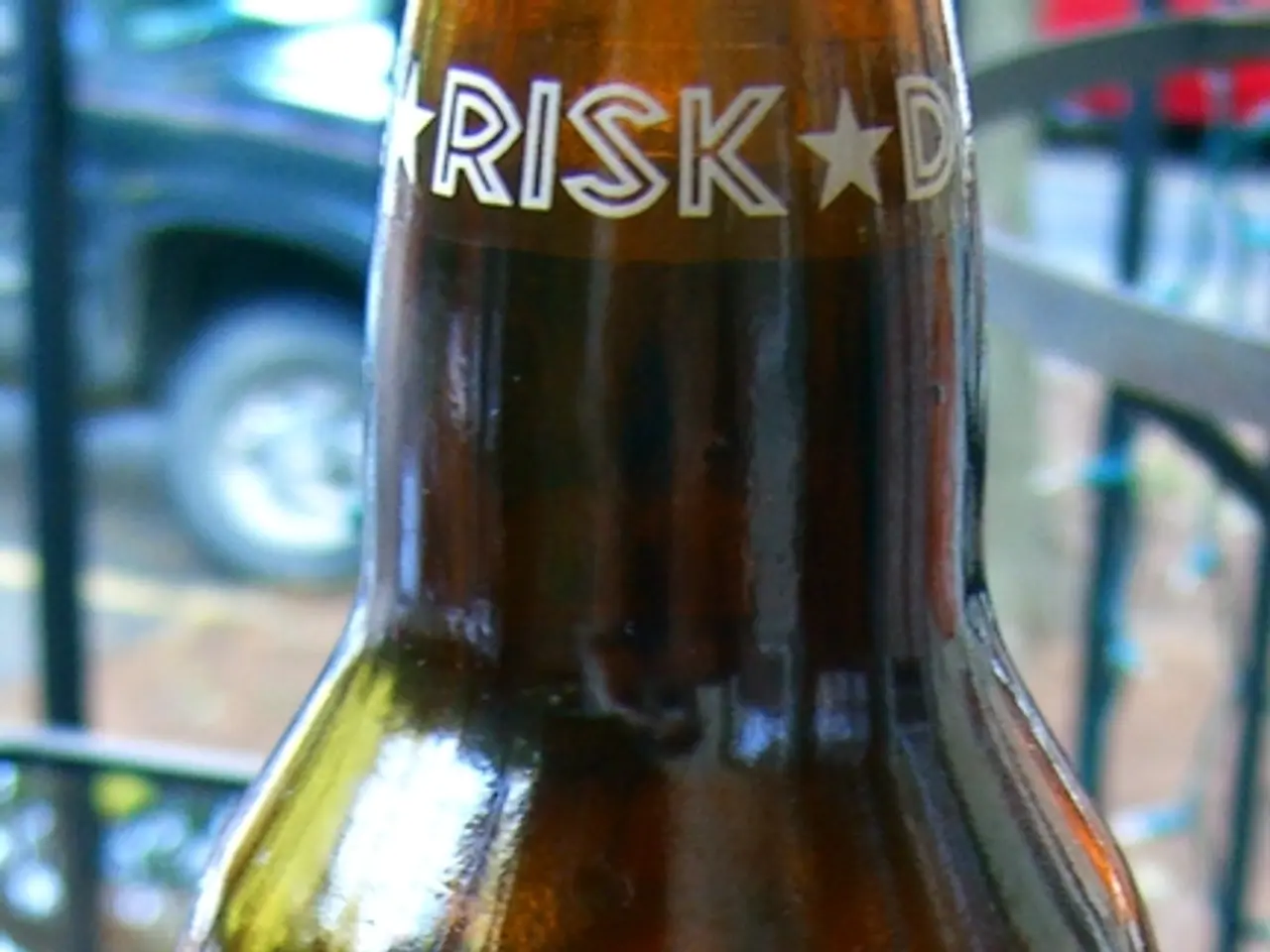Ayahuasca Exploration: Its Composition, Impacts, and Employment
Ayahuasca, a potent psychedelic brew originating from the Amazon rainforest, has been used for both medical and spiritual purposes for millennia. The brew, made from the vine Banisteriopsis caapi and plants containing DMT such as Psychotria viridis, has recently gained attention for its scientifically confirmed health benefits, particularly in the realm of mental health.
The active ingredients in ayahuasca, N,N-dimethyltryptamine (DMT) and beta-carbolines, have distinct pharmacological actions that contribute to these effects. DMT, a powerful serotonergic psychedelic, acts primarily on 5-HT2A receptors, leading to altered perception and consciousness states that can facilitate psychological insight and emotional processing. Beta-carbolines, on the other hand, function as reversible MAO-A inhibitors, preventing the breakdown of DMT when ingested orally and exerting antidepressant, neuroprotective, and anxiolytic effects independent of DMT.
Studies reveal that ayahuasca use is associated with improved mental health outcomes, including reductions in depression, anxiety, PTSD symptoms, and psychological distress. Participants in ayahuasca retreats have reported significant improvements in PTSD symptoms, although psilocybin showed broader effects on depression and anxiety in comparative studies. Frequent ayahuasca use also correlates with enhanced well-being, lower psychological distress, and improved mental health when integrated in supportive cultural or retreat settings.
The brew’s intense hallucinatory and emotional effects often induce profound mystical or awe experiences, which are linked to psychological benefits and reported transformational experiences. While some users report challenging or adverse psychological effects, these tend to be minimised in supportive and responsible use contexts.
Ayahuasca's therapeutic potential extends to substance use disorders. While primarily studied with related psychedelics like ibogaine, ayahuasca's compounds share pharmacological profiles that could contribute to alleviating addiction symptoms. Beta-carbolines inhibit monoamine oxidase (MAO), allowing DMT to be orally active, and both interact with serotonin systems, which may support addiction treatment pathways.
However, it is important to note that the benefits of ayahuasca depend strongly on individual factors and the use context. Benefits tend to be stronger shortly after use and may decline over time, suggesting repeated, supported sessions or retreats can influence outcome durability. The context, including preparation, integration support, and cultural setting during ayahuasca use, is crucial for maximising benefits and minimising risks.
In conclusion, ayahuasca and its active ingredients have scientifically supported benefits primarily related to mental health, including reductions in depression, anxiety, PTSD, and substance use symptoms. These effects are mediated through serotonergic modulation and MAO inhibition, which together produce profound psychological experiences linked to lasting improvements in well-being. However, outcomes depend strongly on individual factors and the use context, emphasising the importance of responsible, supported use in therapeutic or traditional settings.
Ayahuasca's active ingredients, N,N-dimethyltryptamine (DMT) and beta-carbolines, also provide potential benefits in health-and-wellness areas beyond mental health. DMT, with its influence on 5-HT2A receptors, may contribute to therapies-and-treatments in the field of asthma, given the role of serotonin in the lungs. Beta-carbolines, known for their antidepressant, neuroprotective, and anxiolytic effects, could potentially influence nutrition by regulating appetite and affecting gut microbiota.
Furthermore, exploring the possibilities of combining ayahuasca with other health practices, such as CBD and meditation, could pave the way for innovative mental health interventions, leveraging the anxiolytic properties of both compounds to mitigate stress and improve focus.
In the realm of space-and-astronomy, ayahuasca provides a fascinating perspective for researchers, as its mind-altering effects have led some to report profound connections with the universe and their place within it, raising intriguing questions about human consciousness, spirituality, and our relationship with the cosmos.
Finally, it is crucial to promote awareness and responsible use of ayahuasca, not just for maximizing its therapeutic potential, but also for the conservation of the Amazon rainforest and its rich biodiversity, ensuring that future generations can continue to access and benefit from this remarkable plant mixture.




